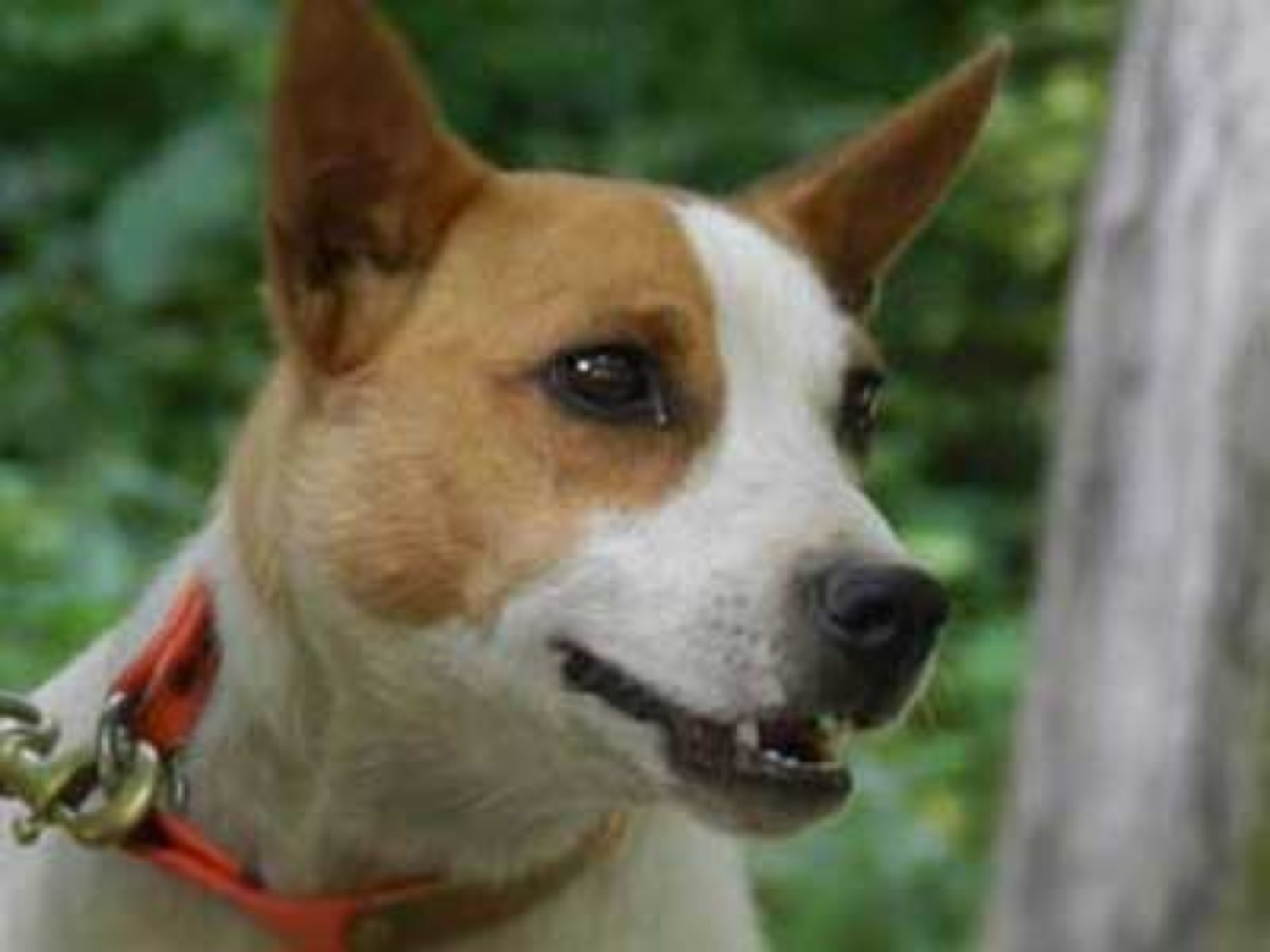
Feist CoatĪ Feist, despite differences in color, will always have a smooth coat of fur that remains short. Their feet are oval or round and compact, to help them run on any terrain. They’re not very refined dogs, but they do usually have a proud stance with a smooth neck and larger head. These dogs are compact and solid, with good substance supporting them. Their legs are strong, while their tail is medium in length and usually erected upwards. They have small, dark eyes, with ears that are long and erected up and sometimes folded.

This is because they’re usually sturdy, with a long and broad muzzle. You will easily recognize a Feist from their general body type. You may not see many that look exactly the same, but there are general characteristics that remain the same.

General Appearanceĭue to the fact that the Feist is bred to be a hunting dog rather than a show dog, they often come in a variety of colors and types. However, they do usually get along with other dogs just fine though and will make friends quickly. You must always supervise your Feist around them, or else your Feist might think your small pets are prey. If you have other pets, be careful if those other pets are rodents like hamsters. If you get a Feist as a puppy, they end up becoming very attached to you or your family. They also feel more comfortable in a pack setting, which is why they’ll latch onto you very quickly. A Feist will growl, bark and bay in a way you’ll usually see in other hunting breeds, but become very quiet when they’ve found a scent. In addition, be aware of the fact that Feists are vocal dogs and may not be good in an apartment setting, or where neighbors are very close by. Be prepared to give your dog lots of attention and playtime too, so that they’ll stay happy. They’re known to be alert, since they were made to be hunting dogs and they will love the companionship you offer. They rely a lot on their eyes, ears and nose and need to go out to play daily so they can exercise and become more comfortable hunting. Temperamentīefore you introduce a Feist to your home, know that they’re very curious and have high energy levels. The speed of the Feist has even been increased through breeding, making it a great breed even in modern times for hunting small game. Over time, the Feist has been used in the South for multiple purposes, especially hunting and tracking.

When they came to the United States, they were usually working dogs found on farms. Their appearance as working dogs wasn’t important, so they were bred with other breeds like the Smooth Fox Terrier, Manchester and Jack Russell. Some organizations, like the United Kennel Club, recognizes the Feist breed, although the American Kennel Club does not.įeists originally lived in the southern mountain regions and were first developed in Britain for working purposes. There are multiple theories on their origins, but everyone can agree that they are of mixed heritage and not necessarily a breed. A number of historic figures took note of them, with George Washington being the first to record them although a lot less is known about their genetic lineage since there are so many different crossbreeds of Feists today. These little dogs were brought over to the United States by English miners and other immigrants as early as 1770. They’re known for giving rodents a tough chase, but they rarely catch squirrels or rabbits and leave the hunting up to their owners. If you take one out for a walk, you may find them getting excited whenever they see rabbits or other small rodents too. These hunting dogs work to chase aboveground prey such as squirrels.


 0 kommentar(er)
0 kommentar(er)
